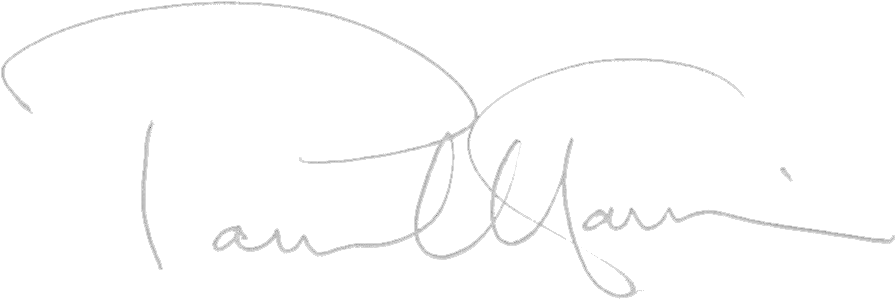I was recently asked to deliver a presentation to the staff of a music academy on what I might best describe as the way in which teachers actually interact with their students.
The senior management team were worried that the style of teaching, especially in these difficult times, was upsetting some students – even putting them off.
In the theatre there is that very special indefinable ‘place’ between the audience and the actors where something magical happens. It happens in a lesson too – the energy created when student and teacher are truly working in harmony. We might identify it as the two-way flow that is generated where real learning is taking place.
So, they asked me to talk about developing an approach where all students could learn at their optimum level. To develop this kind of teaching we need to move towards a more unconditional approach – an approach where our own requirements (or conditions) take a back seat should we become to realise that they might actually be blocking the flow of effective teaching and learning.
The whole idea of Unconditional Teaching has been floating around in my mind for quite a while, but the restrictions and strange circumstances that we have found ourselves in - as a result of Covid - focussed my mind and I decided to have a go at presenting the concept in book form.
My short book simply poses (and tries to answer) the following question: what are the conditions (or requirements), that we all have – whether knowingly or not! and how, if they are counter-productive, can we manage or even eliminate them? Before reading on, spend a moment to consider your own conditions. You’ll certainly have some and this may be the first time you have ever given this question any thought! Here is an example – I prefer it when my student arrives at their lesson having practiced.
How did you get on? How long is your list? In the book I list a surprising number! Some are entirely appropriate: I’ll teach on the condition my teaching room is safe, or that my clarinet student has an instrument that works. But many others are more provocative and questionable: I’ll teach on condition that my student rises to my high expectations; that my student is interested; that my student practises for half an hour a day; that my student is musical; that my student has a desire to build their technique; that my student will one day play a Beethoven sonata; that my student is actually learning everything I am teaching them… A very important question then arises: can such conditions (and many more, some of which may be hidden deep in our subconsciousness and probably never even considered) ultimately block the flow of effective teaching and learning? If our students don’t satisfy our conditions, what effect might they have on our approach to that student?
Once we have acknowledged that there may be quite a number of these conditions swimming around in our minds, we are in a position to begin to deal with them. And this is what the book sets out to do. Each is considered alongside the ways to manage, or indeed eliminate the condition.
At the heart of managing our conditions is the understanding that all students are different – and probably more different than we might care to think. In their brain-processing speeds, in their adaptability to technical demands… in the way they do almost everything.
Thus, acknowledging our conditions and being aware of how they may be affecting our approach, and the result of that approach on our students, is key to moving forwards. The Simultaneous Learning approach maps very well onto Unconditional Teaching - the teacher very much bases the next thing in the lesson on how the student dealt with the last thing. And this leads us to my final point, and the subject of the final chapter in the book: looking inwards.
For the most effective teaching, we need to be deeply self-aware – in particular, of the impact we have on our students. We need to be aware of how what we say and do affects each and every student. And it will affect each of them, and to some degree, differently. This requires us to adapt – continually. Which is a key quality of moving towards more unconditional teaching.
Having said that, teaching unconditionally is not an outcome or a destination we can finally reach. In fact, none of us can become wholly unconditional in our teaching. It’s simply not possible.
But it is a state towards which we should constantly be striving. It’s a kinder, more accepting, more inclusive kind of teaching that may ultimately, in some small way, help make the world a slightly better place.
To learn more, purchase a copy of Paul Harris’s Unconditional Teaching. Out now from Faber Music, available to buy from all good retailers and online.
https://www.fabermusic.com/shop/unconditional-teaching-p439044


